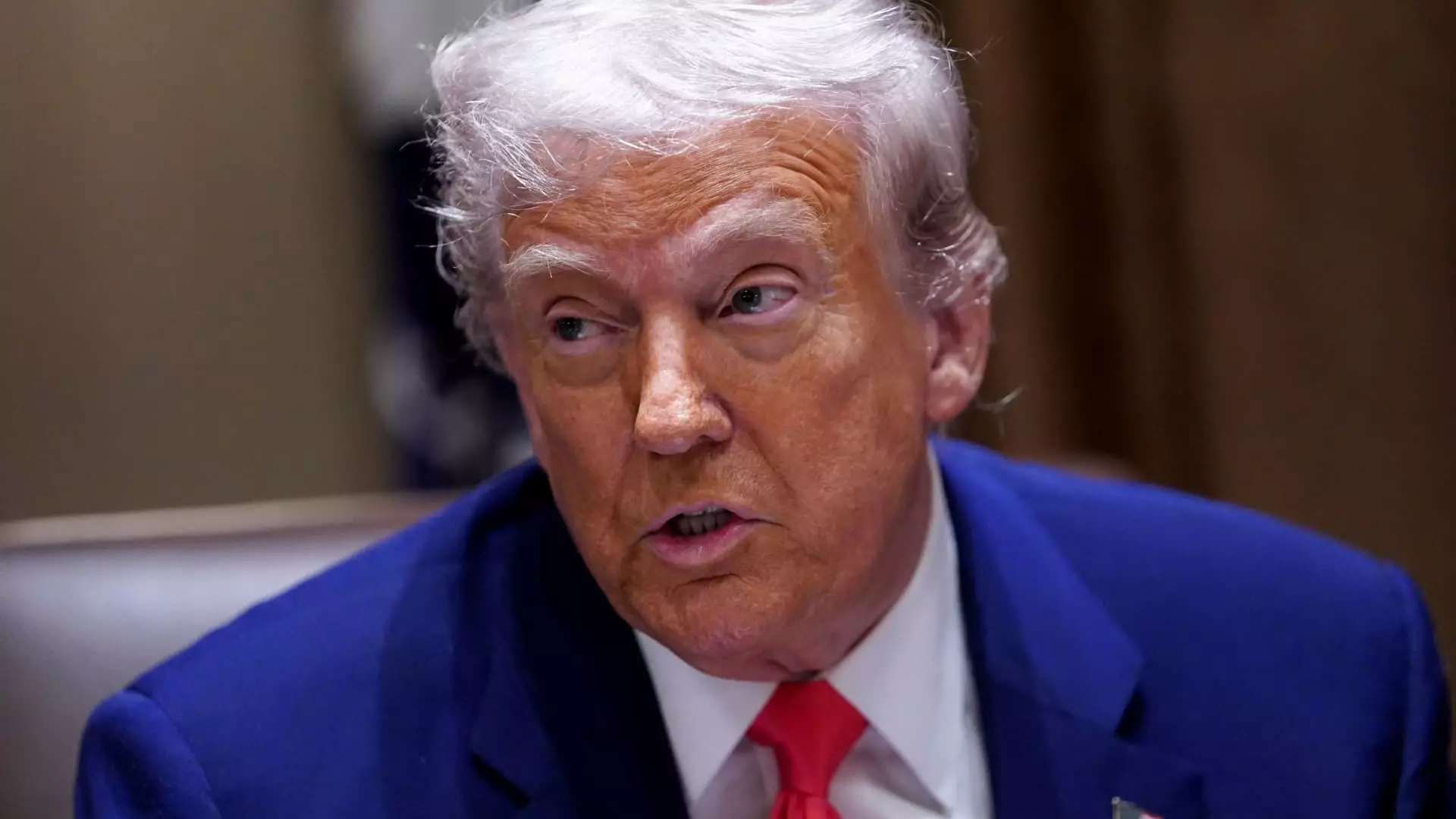The recent tariff hike imposed by President Donald Trump on Chinese imports, which now escalates to a staggering 145%, heralds a dramatic shift in U.S.-China trade relations. According to renowned economist Erica York, this alarming increase signals a potential termination of most trade between the two economic giants. Historically, steep tariffs create walls that inhibit the natural flow of commerce, and this move places the United States on a path toward isolationism. York’s assertion that tariffs exceeding a triple-digit threshold effectively severed trade ties is not merely theoretical; it reflects the economic realities we are maneuvering into.
Unintended Consequences for American Consumers
In a move juxtaposed against the backdrop of rising tensions, Trump announced temporary 10% tariffs on imports from most other countries—but not China—essentially reinforcing the perception that American consumers will shoulder the brunt of these punitive tariffs. As companies grapple with the prospect of sourcing alternatives or absorbing costs, consumers are left in the crossfire. Increased prices on everyday goods—from electronics to clothing—are predicted as businesses struggle to maintain profit margins. The impending economic repercussions are palpable and presage a difficult adjustment for families that may soon find their purchasing power considerably diminished.
The Impact on Tax Revenues
Interestingly, while tariffs are often seen as protective measures, their direct implications on federal tax revenues cannot be overlooked. The Tax Foundation estimates a rise in federal revenues by $171.6 billion this year due to these tariffs, marking the largest tax increase since 1993. Although this might appear advantageous for governmental coffers, such financial gains come at a steep cost. The reality is that a surge in tax revenues generated from tariffs—arguably the most regressive form of taxation—will disproportionately impact middle and lower-income households, further exacerbating income inequality and tarnishing the economic landscape.
A Trade War or Bargaining Chip?
China’s resolute stance against the tariffs has added another layer of complexity to this ongoing saga. By raising its retaliatory tariffs on U.S. imports from 34% to 84%, China is not just pushing back; it is signaling an unyielding commitment to its own economic interests. What we are witnessing is not merely a tariff increase but the birth of a trade war that both nations might find challenging to navigate. The notion that overly aggressive tariffs can compel China to capitulate to U.S. demands underestimates the resolve of Chinese policymakers, while simultaneously eroding international confidence in U.S. trade policy effectiveness.
Escalation or Diplomacy?
The current trajectory suggests a hardening of positions on both sides, while opportunities for diplomatic solutions continue to slip away. In an era where collaboration could yield greater economic stability, the preference for knee-jerk tariff increases exposes a reluctance to engage in meaningful negotiations. As the U.S. marches down this protectionist path, the long-term consequences for global trade norms and American consumer sentiment remain worryingly unclear. The optimistic notion that protectionism can yield positive economic outcomes is frankly naive in the face of historical precedent and global economic interconnectedness.
This moment in history is one ripe for introspection and requires us to critically evaluate the long-term implications of this perilous economic strategy as the negotiations continue.

